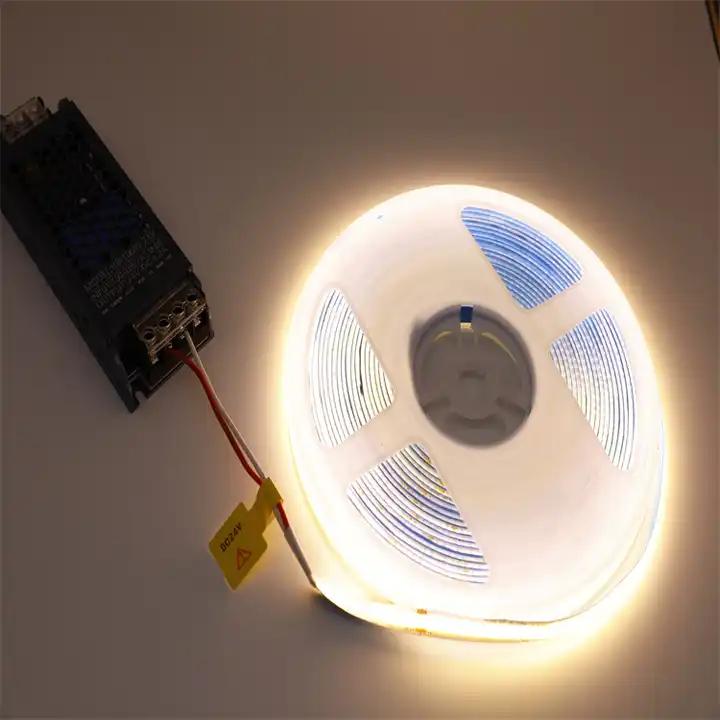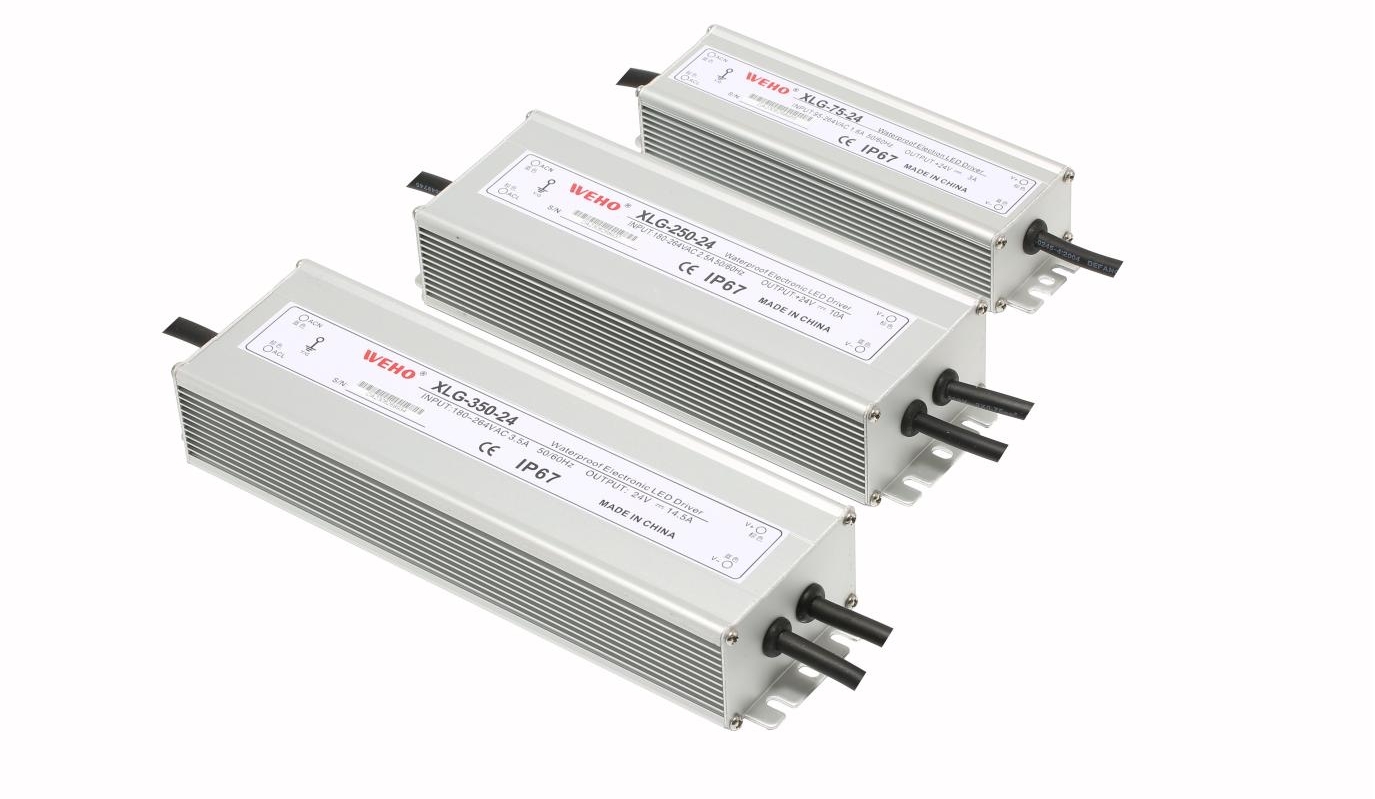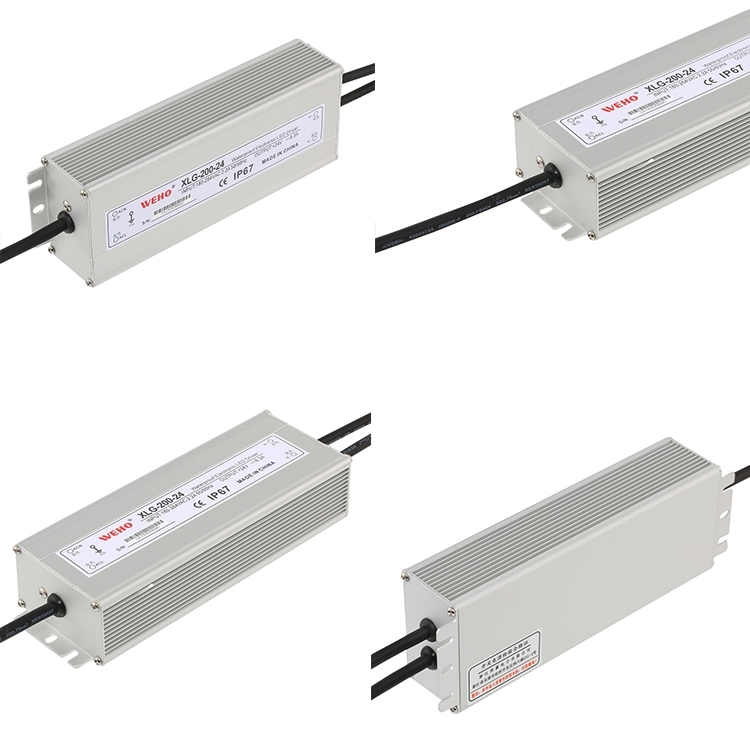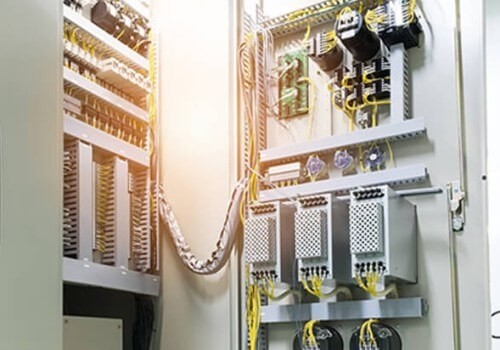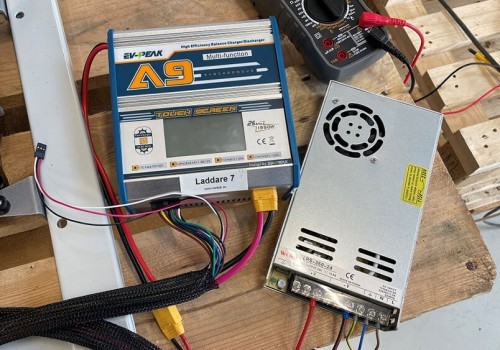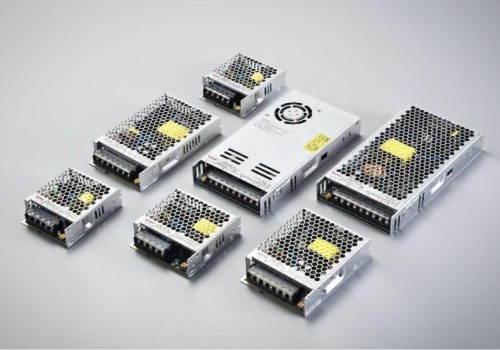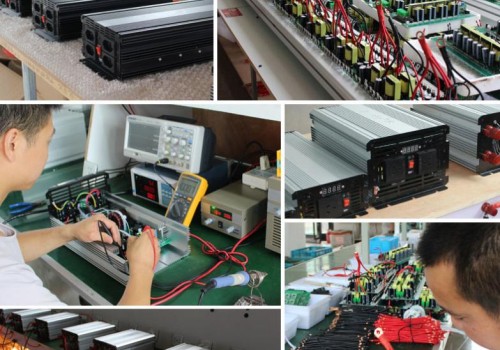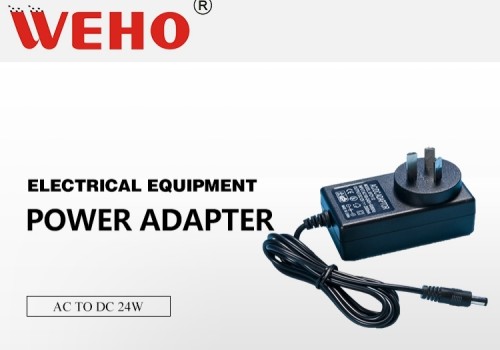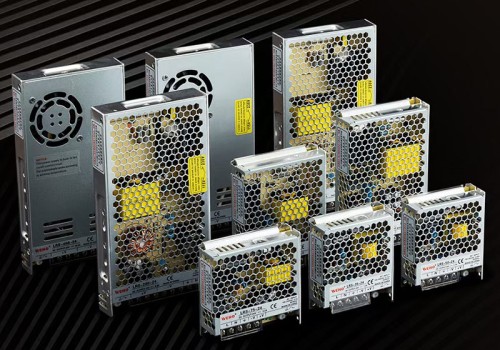Light-emitting diodes (LEDs) have revolutionized the lighting industry with their energy efficiency, longevity, and versatility.
However, to ensure optimal performance and longevity of LEDs, it is essential to pair them with the right LED driver. An LED driver is an essential component that regulates the current and voltage supplied to LEDs.
This guide will provide a comprehensive overview of LED drivers, explain their importance, and help you choose the right one for your specific lighting needs.
Why do you need a driver for LED lights?
LEDs require reliable power to operate. LED light drivers provide this power, converting alternating current (AC) to direct current (DC).
They ensure constant and uninterrupted power by compensating for changes in LED temperature and conductivity. This prevents overheating, flickering, color changes, and performance degradation.
Types of LED Drivers
There are primarily two types of LED drivers: constant current and constant voltage.
How Does an LED Driver Work?
What is the functional principle of an LED driver? In essence, it responds to fluctuating forward voltage conditions inherent in LEDs due to temperature variations.
As temperatures escalate, associated voltage levels necessary for conducting current within the LED decrease consequently leading to increased power consumption.
The absence of prompt corrective measures triggers progressive overheating, culminating in premature burnout of LEDs – a scenario described as thermal runaway.
An integral feature in safeguarding against such potential incidents lies with the efficacy of effective LED drivers fully equipped with robust power output capabilities that align seamlessly with specific LED requirements.
Furthermore, by administering consistent current supply, these drivers adeptly inhibit instances of thermal runaway through their responsive adaptation functionalities designed towards dynamic changes experienced in forward voltage conditions.
How to Use LED Driver?
To use the LED driver, follow these steps:
Choosing the Right LED Driver
Selecting the right LED driver involves considering various factors to ensure optimal performance and compatibility with your LED lighting setup.
Below are the crucial factors to consider when choosing the right LED driver:
Conclusion
Choosing the right LED driver is critical to ensuring the optimal performance, efficiency and longevity of your LED lighting system.
By understanding the specific needs of your LED lighting system and choosing the right LED driver, you can maximize the potential of LEDs and enjoy their benefits for years to come.
To find out about LED drivers for different types of LED lights and LED strip lights, visit WEHO’s website. We offer dimmable and non-dimmable models for a variety of lighting projects.
For more questions about our LED drivers, you can also contact us at 0086-577-617777088 today!


